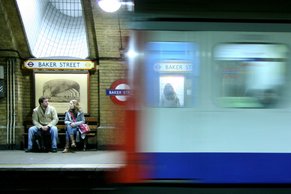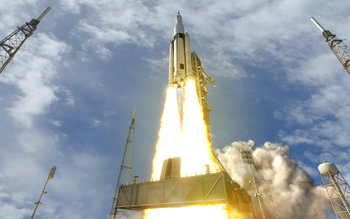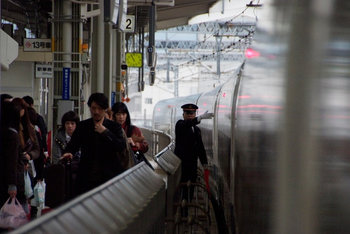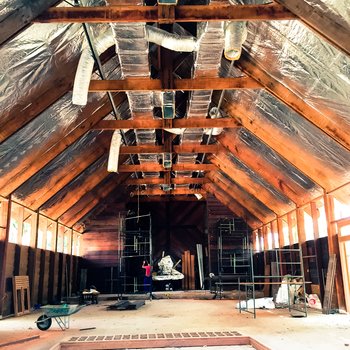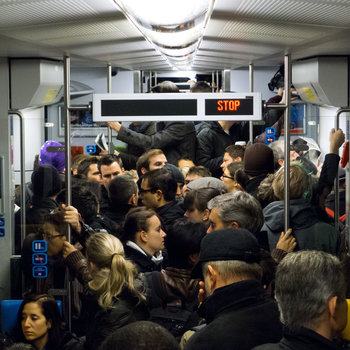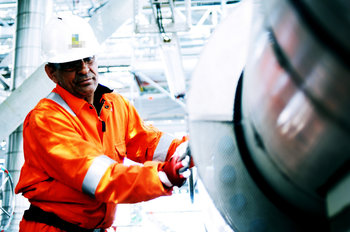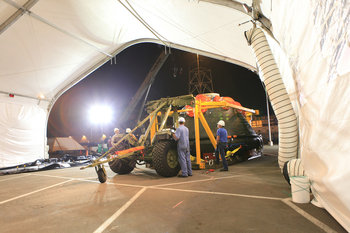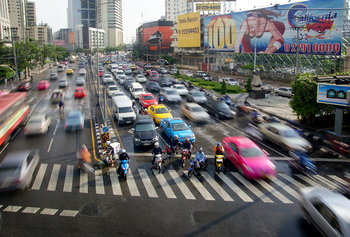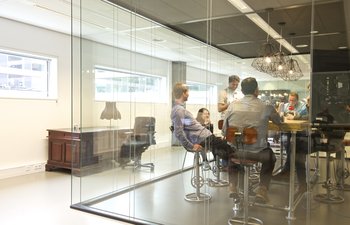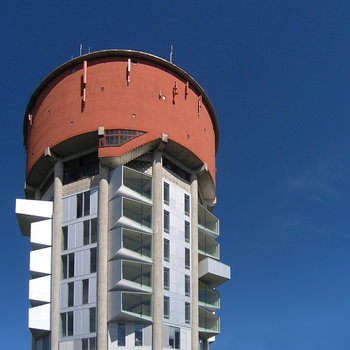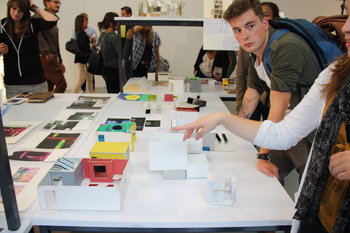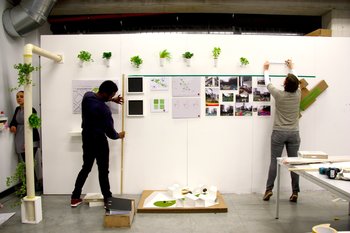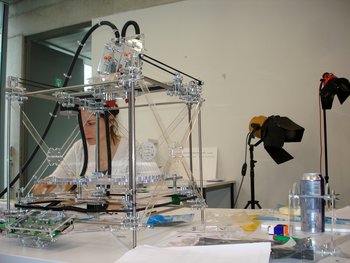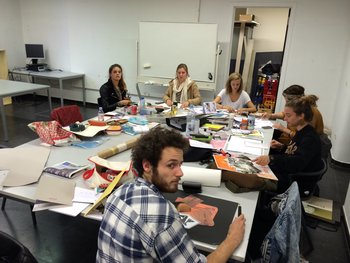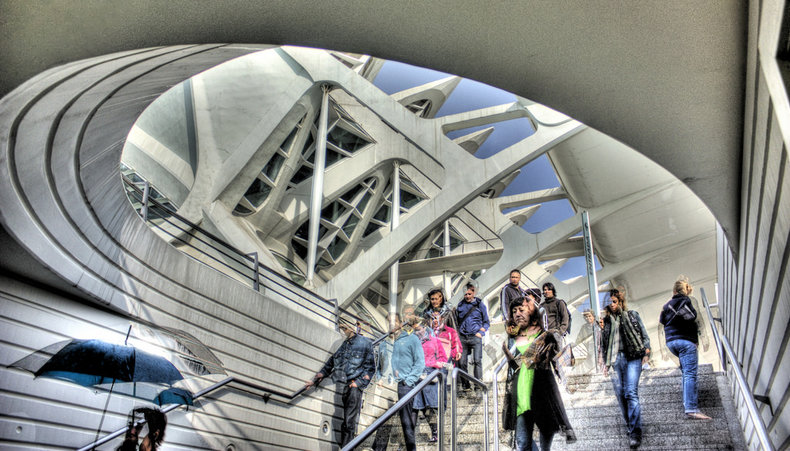
Reuse
Things take energy to make. As such, reuse conserves energy. For example, renovating an old building to give it new life may use far less energy than tearing it down and completely rebuilding it.Passive Design
Designs that don't require power such as windows versus electric lights. Passive design is commonly used to light, heat and cool buildings.Resource Utilization
Using resources that are freely available such as solar panels that capture the energy hitting a building as sunlight.Efficient Design
Things engineered to use less energy. It is common for existing designs to only use a small fraction of the energy they consume for useful purposes. As such, design improvements can be significant. For example, an incandescent light bulb converts less than 5% of energy to visible light. A white LED light bulb with phosphorescence color mixing can exceed 20% efficiency.Lifestyle
Changes in lifestyle such as living close to the things you need has a significant impact on your energy consumption. In Japan, a campaign known as Cool Biz encourages office workers to dress informally in summer and companies to set air conditions to 28 °C, or 82 °F.Power Down
Turning things off when you're not using them. For example, reducing excessive outdoor lighting that may represent light pollution.Maintenance
Keeping things in good repair can reduce energy consumption. Repairing things over replacing them also conserves energy.Waste Reduction
Reducing leaks and other wastes of energy. For example, renovation of an old building to improve insulation.Utilization
Achieving a high utilization rate for resources. For example, a train that carries thousands of passengers versus thousands of cars with one passenger.| Overview: Energy Efficiency | ||
Type | ||
Definition | The process of reducing energy consumption. | |
Related Concepts | ||

